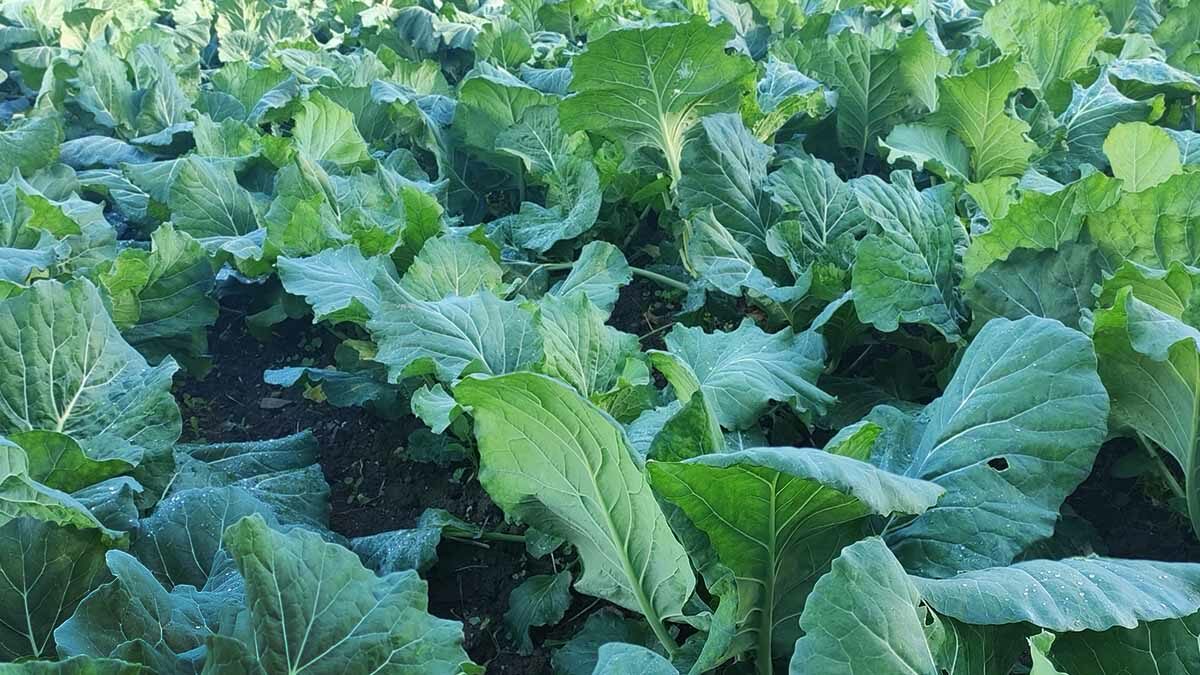Glaucoma is the second leading cause of legal blindness in white women, and the number one cause of blindness in African-American women. In a study I profile in the video Greens vs. Glaucoma, researchers chose a population of African-American women to study the effects of fruit and vegetable consumption on glaucoma risk because they were specifically interested in studying the effect of foods with the highest concentration of those eye-protecting phytonutrients like zeaxanthin. Zeaxanthin is found primarily in plants such as kale and collard greens. (It is also found in eggs—find out how much in Egg Industry Blind Spot). However, we’d be lucky if we could find one in ten white people eating even a single serving of these dark green leafy vegetables a month, whereas nearly nine out of ten African-American women in the study consumed this amount.
What did the researchers find? Well, as I’ve stressed over the years, all fruits and vegetables are not the same (see for example, How to Reach the Antioxidant “RDA“). Whether the participants hardly ever ate bananas or had one or more every day didn’t seem to matter much in terms of the risk of glaucoma. However, eating only a couple oranges every week was associated with dramatically lower risk. Orange juice was not associated with a lower risk, though, even if drunk every day. A similar finding was found for peaches: fresh peaches seemed to help, but canned peaches didn’t.
Similarly the intake of vegetables in general as a catch-all term didn’t seem to matter. For example, whether subjects ate a green salad twice a week, once a week, or zero times a week didn’t seem to matter when it came to reducing glaucoma risk, but most people’s salads are pretty pitiful. It was a different story for kale and collard greens: just two or three servings a month was associated with half the risk of glaucoma compared to once a month or less.
It may be especially important for white people to consume kale and collard greens. The lighter our eye color, the more greens we need to eat. Blue eyes let 100 times more light through, so people with blue or gray eyes appear significantly more vulnerable to damage compared to brown or black. Green and hazel fall somewhere in the middle.
This is interesting: carrots appeared to be less protective in black women compared to white women. They suggest it could be a difference in food preparation methods. Perhaps the African-American subjects tended to eat carrots raw, limiting the absorption of certain nutrients, while they chopped and prepared their collard greens with oil, making the nutrients more bioavailable because the absorption of carotenoid phytonutrients depends on the presence of fat. This is why I encourage people to eat nuts or seeds with the greens—such as a little tahini sauce or something.
Why not just take a zeaxanthin pill? We don’t know what exactly it is in these wonderful foods that’s working their wonders, so it’s probably better to just eat our greens rather than supplements. In fact, people that take calcium or iron supplements may even be doubling, quadrupling, or septupling their odds of glaucoma. It’s better to get most of our nutrients from produce, not pills.
My other videos on glaucoma include Prevent Glaucoma and See 27 Miles Farther and Dietary Treatment of Glaucoma. For more on eye health check out my video, Dietary Prevention of Age-Related Macular Degeneration.
-Michael Greger, M.D.
PS: If you haven’t yet, you can subscribe to my videos for free by clicking here and watch my full 2012 – 2015 presentations Uprooting the Leading Causes of Death, More than an Apple a Day, From Table to Able, and Food as Medicine.
